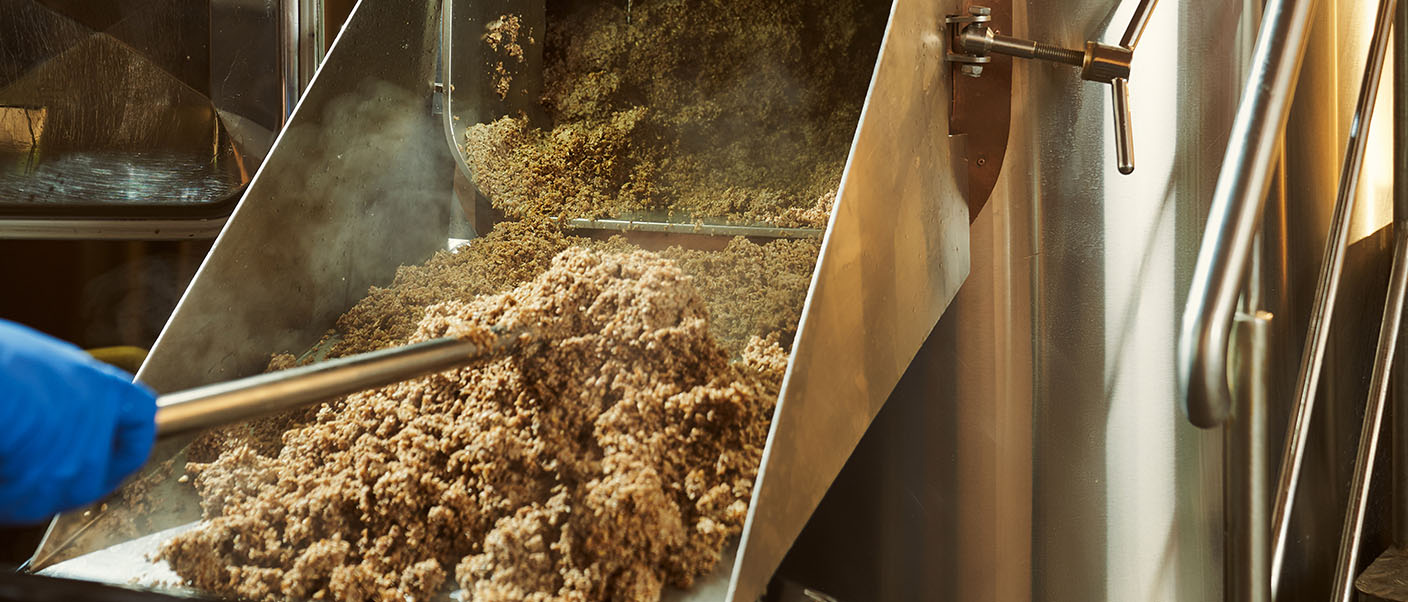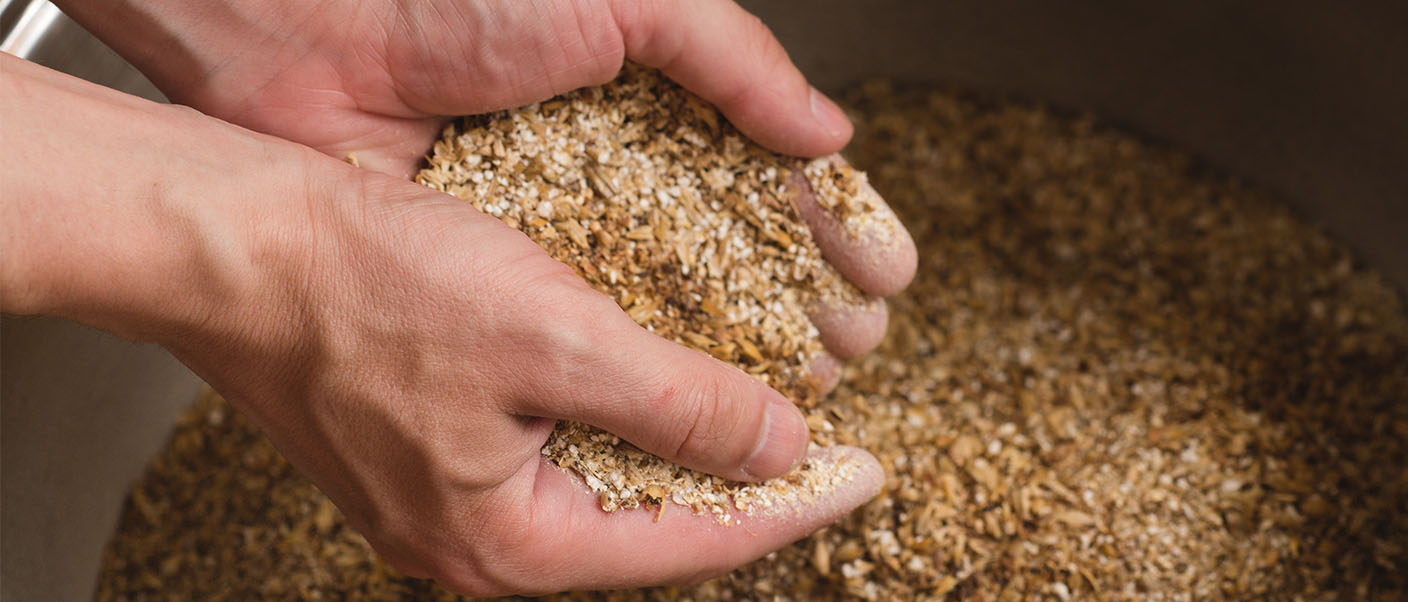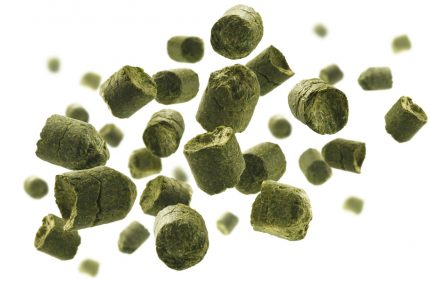Independent small-batch malters are joining together in a rising tide to bring heart, diversity, relocalization and passion to the market.
Craft malting has grown into a full-fledged base movement in today’s malting industry.
Let’s take a look in this post at what it is, how it arose and, above all, how it is revolutionizing the malt market.
What is craft malting?
Craft malting, also known as artisanal malting or micro-malting, is the agricultural practice of producing malted barley in small quantities for brewing craft beers.
The first producers in this trend emerged in the United States. In 2014, the Skagit Valley Company in Burlington (Washington), was a pioneer in opting to grow craft malt, and suppliers like Valley Malt opened the way for other independent producers.
Its owners are currently the co-founders of the Craft Maltsters Guild, the association of craft malters founded in 2013 that today has 30 producers across the U.S. and Canada, including some breweries, as members.
This organization is responsible for promoting and upholding the quality and safety standards of craft malters, and the trade association’s membership requirements are based on their production being:
- Small, between 5 (the equivalent of 5.5 U.S. tons) and 10,000 metric ton per year.
- Local, where more than 50% of the craft malt grains (barley, wheat, rye, millet, oats, maize and triticale) are of local origin and grown within a radius of 500 miles of the parent malthouse.
- Independent. That is, only approximately 25% of the member craft malthouses can be part of or controlled by a major non-craft producer.
They also share practices and knowledge with other groups like the Brewers Association, Master Brewers Association of the Americas and the American Malting Barley Association.
Distinction and quality, the key to the success of craft malting
The rise and revolution of craft beer in recent decades have made a multitude of producers increasingly interested in growing, with great care, small quantities of malt that are also of the utmost quality and using a selection of ingredients that makes it possible to obtain personalized, unique and unexpected results.
Craft malting is nothing new in reality. In the 18th and 19th century, malt production and cultivation already played a part and were even integrated into breweries and located next to the small factories.

However, the intervention of the large multinationals to lower its cost captured the market to the point that local producers started disappearing.
A strong commitment to the craft segment and trends in recent years have consolidated a return to small-scale, careful production with soils that have certain characteristics capable of yielding extraordinary grains.
If the manufacturers already realized that the choice of the hops is crucial for obtaining unique flavors, generating brand identity and transmitting added value, at this moment they are very aware of how crucial the selection of the malt is.
According to Distiller, production now focuses especially on the unique flavours that malt can transmit in their creations (bread, chocolate, hints of toffee, coffee, dried fruits, etc.), and how they are going to influence them based on a good choice.
Opting for craft malts for brewing
Before we get into the exciting world of craft malting, it’s important to examine a series of conditioning factors and questions like,
- The quantity of malt the beer to be brewed contains.
- If we are going to be suppliers or are oriented towards final production.
- What percentage of the malt production is proprietary compared to that acquired from third parties.
- How much of the initial cost is going to be invested in operations. Craft malting requires an 8- to 12-hour manual process during germination that generates a series of expenses compared to the automated process that takes care of itself.

- The importance of craft malts and how crucial they are should be included in the business plan.
- Lastly, it also has to be taken into account that the processes have to be more careful and sustainable with an eye to production.










Comments